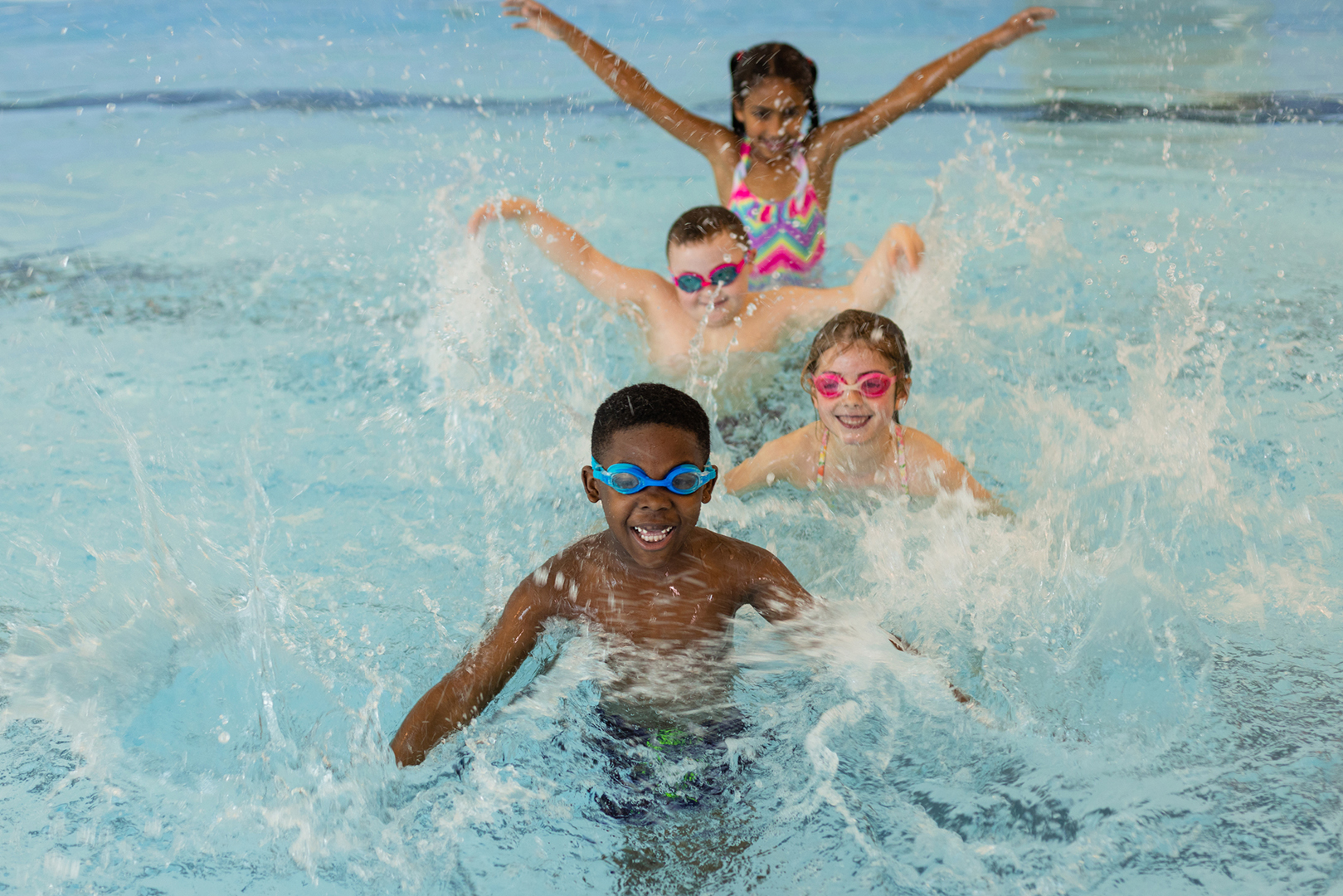
Photo: Alan Branhagen
Cabin-friendly plants and shrubs.
Cabin owners know the drill. Head up (or over) to the lake in springtime for opening, plant the garden beds and flower boxes, return home and hope for the best. Either at the next visit or any other time during the summer, arrive to find death-by-thirst plants or a florae crime scene, thanks to local rabbits and/or deer populations
Alan Branhagen, director of operations for the Minnesota Landscape Arboretum, offers ways to increase the odds of having healthy plant life for your cabin life. Here’s the down and (garden) dirty of it all:
Deer/rabbit-friendly elements:
Annuals: Consider spiny succulents (agave, aloe, crown-of-thorn, echeveria and sedum), herbs (basil, borage, cilantro, dill, lavender, parsley, rosemary and sage) and typical annuals (marigold, petunia, salvia and verbena).
Perennials: Think herbs (thyme, hardy oregano, mint in containers and hyssop), wildflowers (anise-hyssop, coreopsis, baptisia/wild indigo, aromatic aster and showy goldenrod). Ferns (maidenhair, Christmas and wood-fern) are left alone. Traditional perennials (alliums/ornamental onions, bleeding heart, catmint, daffodils, meadow sage, iris and beloved peonies) are options too.
Shrubs: Most evergreens are favorite browse in winter. An exception is false cypress which is not hardy in northern Minnesota’s zone 3. Northern bush-honeysuckle, potentilla, snowberry and coralberry are among the few shrubs deer leave alone.
Drought tolerant and no deadheading:
Try succulents and most herbs (listed above). Marigolds seem to re-bloom, regardless of deadheading. Petunias (select Wave series) don’t require deadheading and geraniums are drought tolerant. Don’t forget colorful foliage plants (coleus, dusty miller, helichrysum and silver falls vine) and Swedish ivy. The pendant blue succulent burro’s tail is making a comeback in popularity too.
Best time to plant:
It is best to plant trees, shrubs and perennials in the fall, so they require less watering, as they are going into dormancy and focusing on root growth. In general, watering protocol for new elements varies based on the plant, soil and weather. The equivalent of an inch of rainfall is what is said for turf, but spring-planted trees and shrubs will need more, especially if they are in sandy soils. Clay soil is better at holding moisture.
Lake-friendly fertilizers/weed killers:
Follow the directions on the label, and more is NOT better. Lake-friendly fertilizers are those with no or very little phosphorous—the middle number in their NPK. The (nitrogen-phosphorus-potassium) rating should be zero or very low. Most natural soils do not require added phosphorous, so it simply runs off and creates algae blooms in waterways.
Embrace your inner weeds! Target specific weeds and don’t blanket spray. Follow directions and be mindful of the impact to pollinators and aquatic life.
Protect landscaping at closing:
Fall-planted evergreens can benefit from burlap protection against the winter sun and wind. Deer and rabbit fencing, even if temporary, can be critical in winter. Hardware cloth wrapped around the base of fruit and ornamental crabapple trees can protect from winter voles, which may eat the bark from their runs under the snow.






















